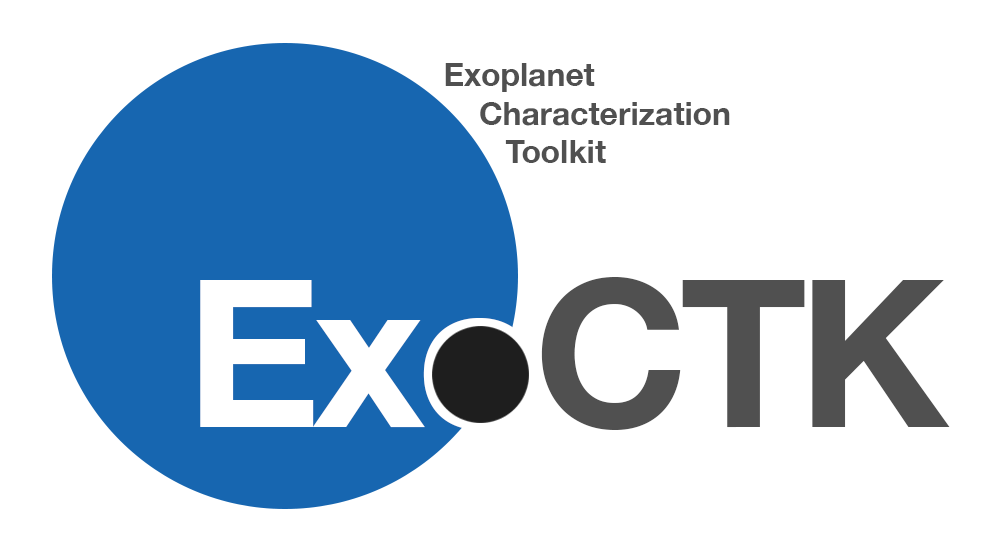
Generic Grid
Based on the generic ATMO grid presented in Goyal et al. (2018). Using the model grid as a framework, we allow you to rescale your models with custom temperature, gravity, and radius values.
Results
One of the parameters to make up the model was missing or out of range. Above is a fun demonstration of what your model could have looked like!
The closest match used for your rescale was :
| temperature | gravity | |
|---|---|---|
| your input | ||
| model parameter | 400 | 50 |
References
Jayesh M Goyal, Hannah R Wakeford, Nathan J Mayne, Nikole K Lewis, Benjamin Drummond, David K Sing; Fully scalable forward model grid of exoplanet transmission spectra, Monthly Notices of the Royal Astronomical Society, Volume 482, Issue 4, 1 February 2019, Pages 4503–4513, https://doi.org/10.1093/mnras/sty3001